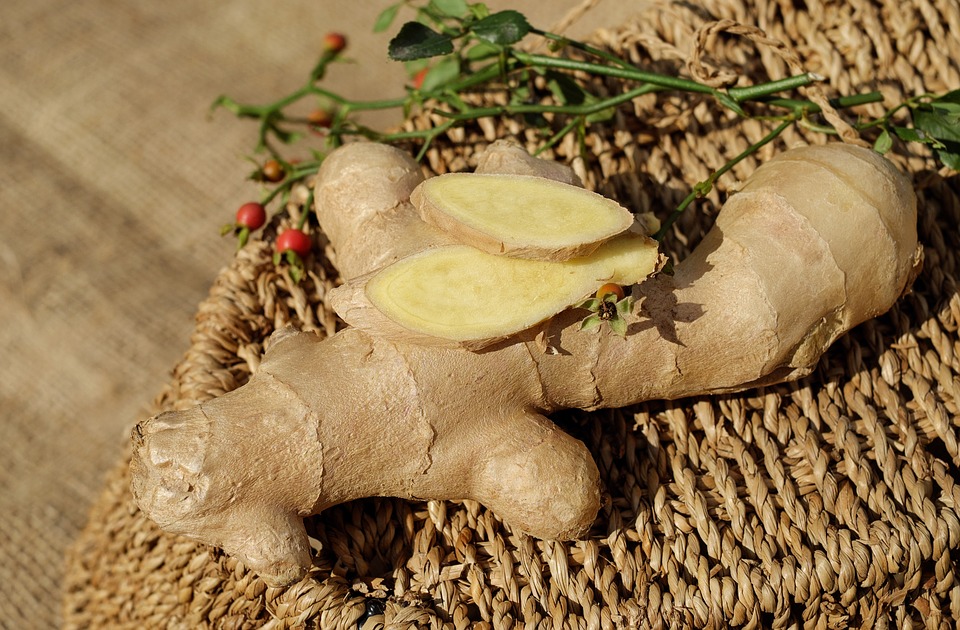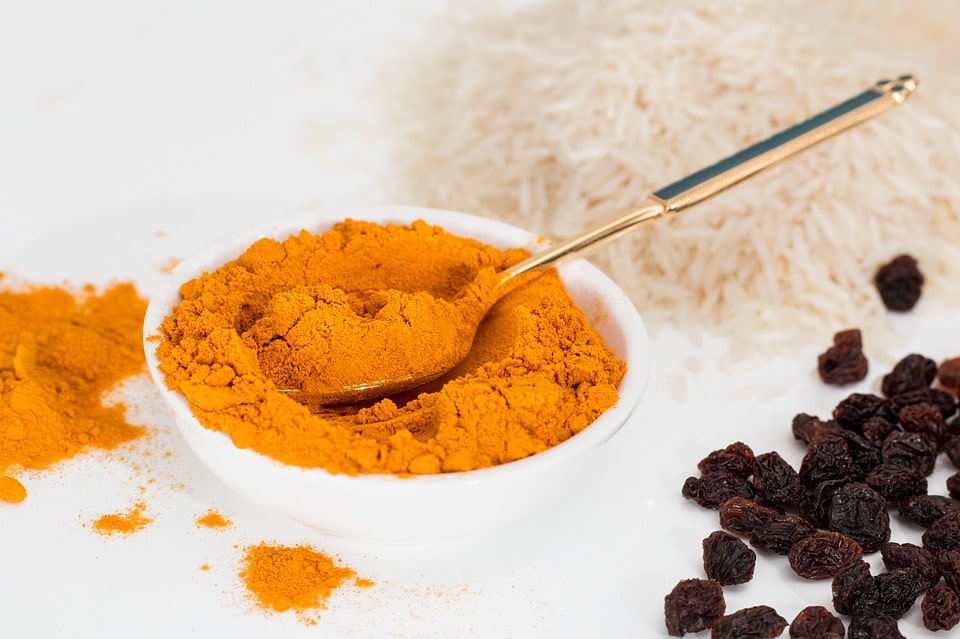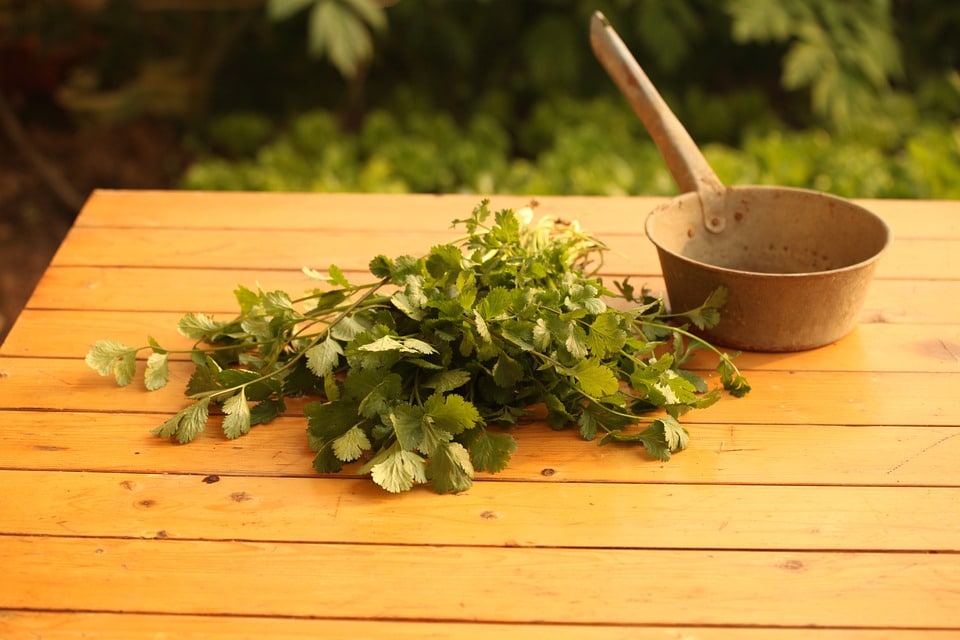Benefits of Spices
Spices have existed for millennia! Throughout history, the use of herbs and spices has been extremely important. The majority of the spices we know and use today are from the Middle East, Asia, and the Mediterranean. Since long before the Common Era, these regions have used spices for medicinal and culinary purposes. According to nutritionists, over 100 common spices are used in cooking worldwide. Some of them are concentrated sources of natural antioxidants substances that safeguard your cells from damage. Following are some of the spices that are beneficial for your health.
Cinnamon
This aromatic spice’s oily component is very high in cinnamaldehyde, a compound that scientists believe is responsible for most of cinnamon’s powerful effects on health and metabolism.
Its anti-inflammatory properties may help prevent the formation of free radicals, which can harm your cells and nervous system and lower cholesterol levels. Cinnamon has a high concentration of antioxidants, such as polyphenols, which can defend the body from oxidative damage caused by free radicals. These antioxidants have anti-inflammatory properties that may aid your body in fighting infections and repairing tissue damage.

Cumin
This seed has a bitter taste and is used mostly in Middle Eastern cuisines. Cumin has been used in traditional medicine for a long time and is a good source of iron.
It contains a high concentration of antioxidants and has been shown to have anti-microbial and anti-inflammatory properties. According to some studies, cumin can also help digestion and reduce food-borne infections. It can treat skin problems, insomnia, respiratory problems, asthma, bronchitis, and anemia. Some research also suggests that adding cumin powder to a low-calorie diet can aid in weight loss.

Ginger
Ginger is one of the world’s most popular spices. Many global cuisines use a lot of ginger in their dishes. According to research, ginger contains many compounds and metabolic products, some of which may benefit health and healing.
Gingerol, which has anti-solid and antioxidant properties, is responsible for many of ginger’s beneficial properties. Ginger has long been used to treat nausea, pain, and inflammation. It is incredibly useful for nausea caused by pregnancy, such as morning sickness. It has also been shown to be as effective as medications for menstrual pain.
People who used ginger to treat their osteoarthritis experienced significant reductions in pain and stiffness, particularly knee osteoarthritis. Some people, however, do not like the taste of ginger and may feel stomach upset as a result.

Turmeric
This bright yellow spice gives a distinctive color to a variety of dishes. Turmeric, a relative of ginger root, is well-known for its anti-inflammatory properties and its use as a flavor and color additive in curries.
It has been used as a spice and medicinal herb for thousands of years. According to research, it contains medicinal compounds, the most significant of which is curcumin, the main primary substance in turmeric. Researchers believe that curcuminoids derived from turmeric may reduce the number of heart attacks experienced by patients following bypass surgery.
Curcumin may be beneficial to patients suffering from depression. This could also be related to its effects on BDNF levels, linked to depression.
The plant’s seeds and leaves are frequently used as a spice and garnish Indian cooking and are a key component in garam masala (a blend of ground spices).

Coriander
The plant’s seeds and leaves are frequently used as a spice and garnish Indian cooking and are a key component in garam masala (a blend of ground spices).
Coriander seeds, extract, and oils may aid in blood sugar control by increasing insulin release from pancreatic beta cells. This superfood has anti-microbial and anti-fungal properties, and it has been shown to help lower blood pressure, blood sugar levels, and cholesterol levels. People who have low blood sugar or are on diabetes medication should be used with caution.






Add comment